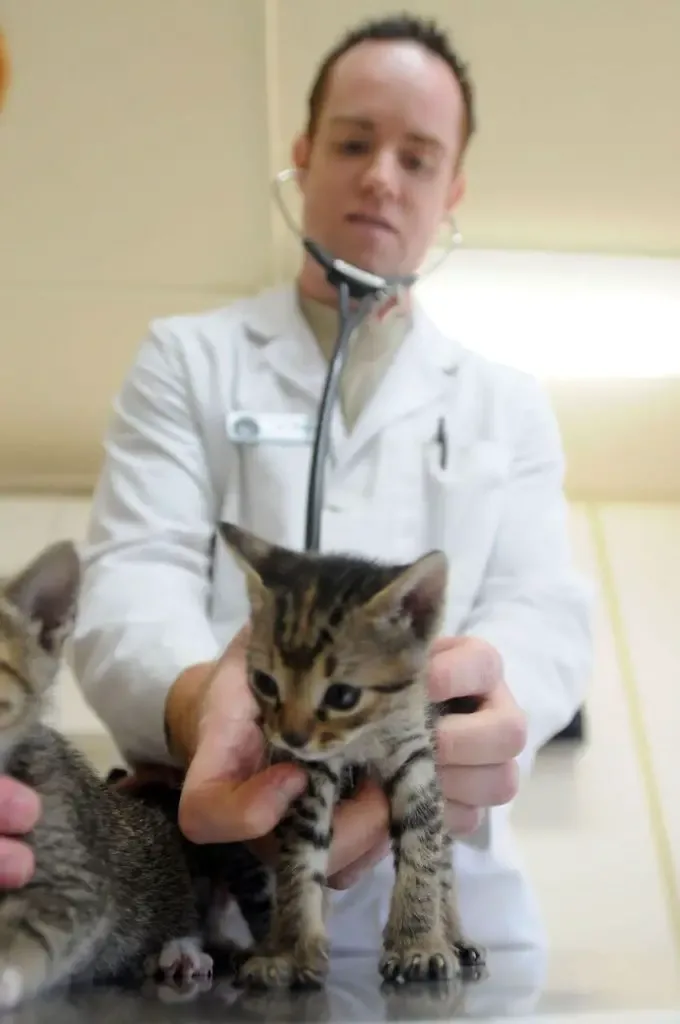Some of the biggest and most dangerous epidemic scares we’ve ever experienced came from animals.
Just about every epidemic within the last decade or so has been some strain of influenza that originated from animals before gaining the ability to infect humans.
Really, just the thought of catching an animal-based disease that was previously thought to be non-transferable to humans is terrifying.
With that in mind, when your experience of catching an illness from your pet is so rare that you end up having your case documented in a medical journal for future reference, it probably isn’t that great a feeling.
So we can only imagine how this unidentified 68-year-old Missouri man must have felt when that happened to him after he caught an illness from his recently deceased pet cat.
Although the man had noticed the appearance of some bumps on the right side of his neck and jaw about two months ago, he hadn’t thought much of the swelling until he developed a fever.
It was then he felt the need to take a trip to see his doctor. As it turns out, this was a good call.

Image Credit: New England Journal of Medicine
By this point, the original bumps on his neck and cheek had grown into three large, alarming-looking swellings on the side of his face.
In order to find out what the cause was, multiple tests had to be performed in lieu of what initially seemed like a lack of any other possible information.
However, the man then let slip something that helped the doctors narrow down on the possible cause – his outdoor cat had passed away just two days before the initial appearance of his symptoms.
According to the man, his cat had been diagnosed with leukemia. Up till the cat’s passing, he was medicating his pet daily with a medicine called prednisone.
When the blood tests finally came back from the laboratory, it was revealed that the man had gotten glandular tularemia.
Caused by a specific type of bacteria, this rare disease can lead to fatal pneumonia and was, in fact, responsible for the swellings on his face and neck.
As it turns out, the bacteria had caused his own lymph nodes to swell up, resulting in the massive bumps on the side of his face.
While this suspicion could not be confirmed due to the cat’s passing, the medical journal’s author suggests that the cat had actually gotten the bacteria by drinking contaminated water or eating infected prey.
It then succumbed to this disease after passing it to its owner.
However, the disease had gone misdiagnosed due to insufficient testing on the part of the vet.
It doesn’t help that aside from its trademark swollen glands, the symptoms of the illness are otherwise relatively similar to the flu, like fever, chills, and exhaustion.
On top of that, symptoms can take up to two weeks before presenting themselves, although they usually appear within three to five days after the initial encounter with the bacteria.
Thankfully, the man has made a full recovery since his diagnosis!

